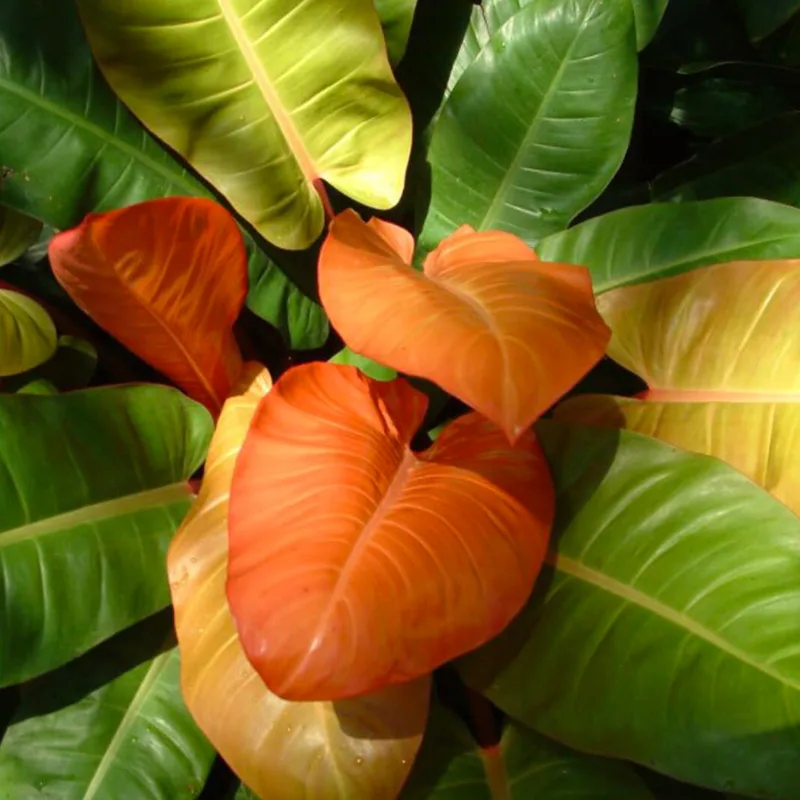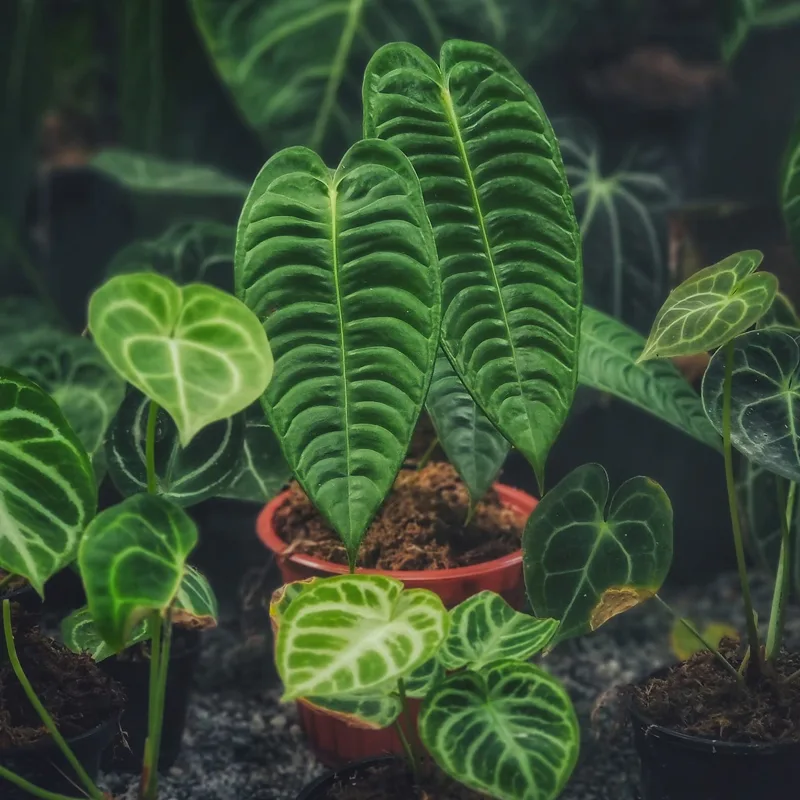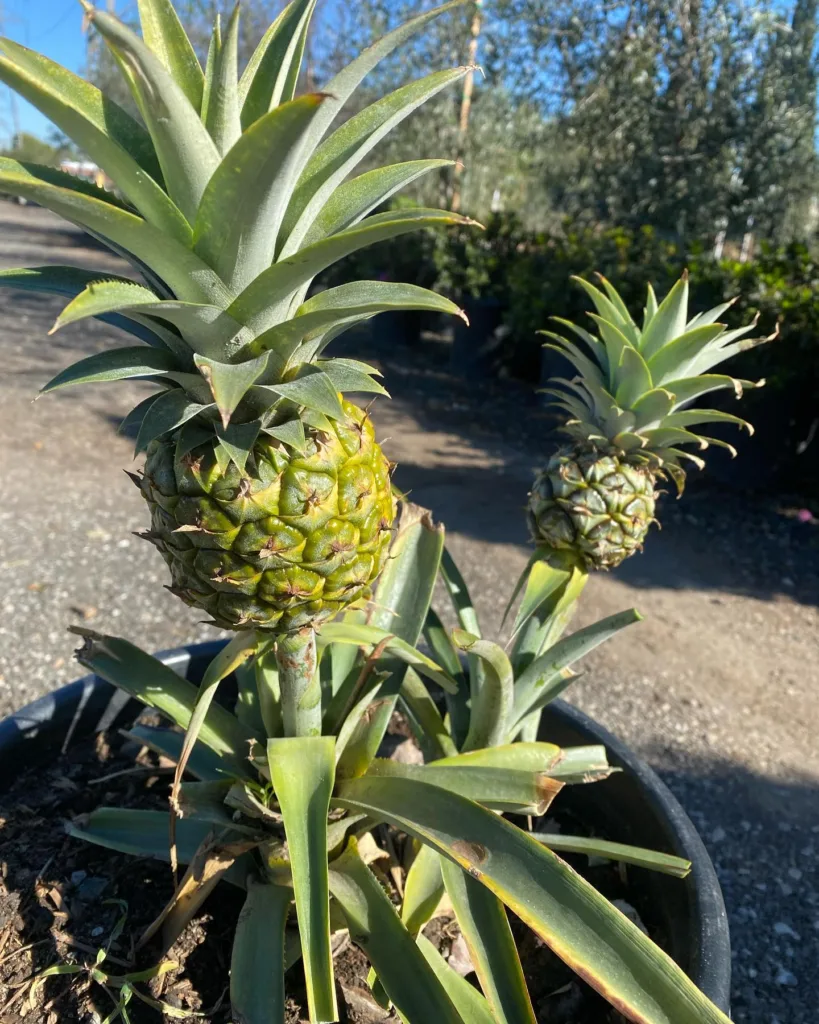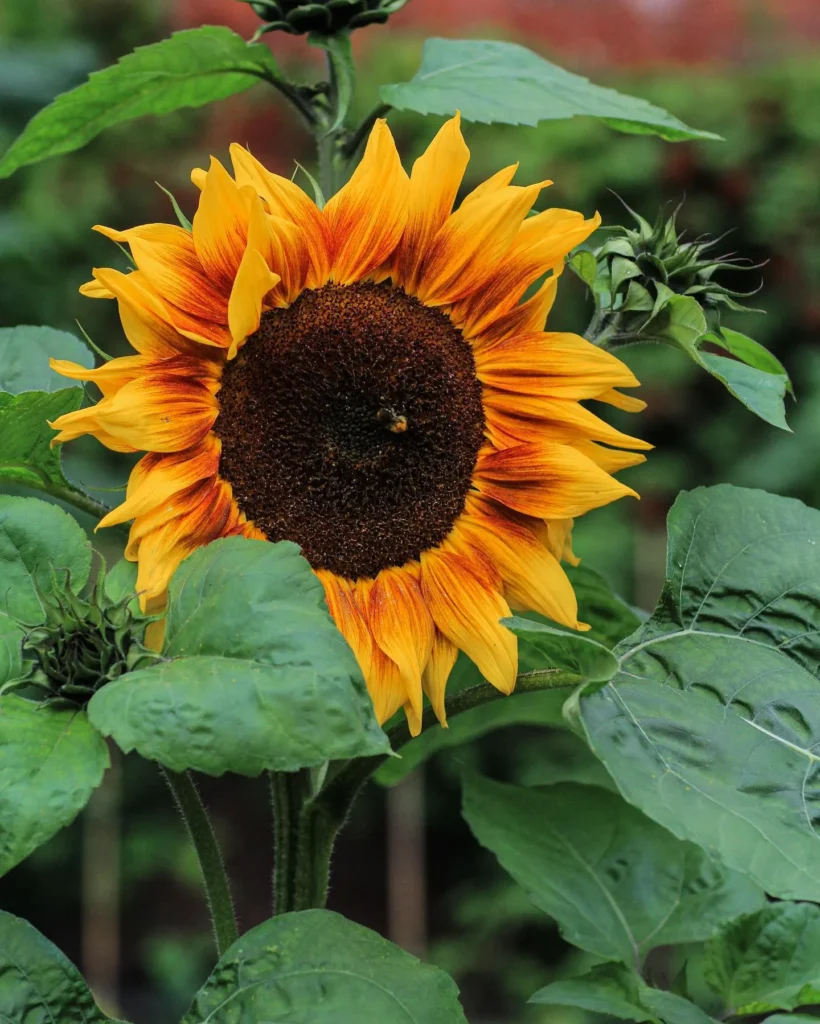Can you smoke lavender? Is smoking lavender safe?
Absolutely, you can smoke dried lavender buds – I’ve tried it myself! It’s important to only use the dried flower buds, not the stems, and it’s always best to avoid smoking anything too often for your lung health. As for safety, well, inhaling smoke of any kind comes with potential risks. But for me, the mild and relaxing aroma of lavender makes it a nice occasional experience. The taste won’t be for everyone, kind of a gentle floral smoke. To be honest, I much prefer the scent of lavender in a candle or diffuser, where I can get the benefits of the aroma without anything entering my lungs.
Do deer eat lavender?
From my experience, deer don’t usually eat lavender. I’ve got a few beautiful bushes in my backyard, and the deer in my area seem totally uninterested. The strong scent is likely what turns them off – I know humans find it relaxing, but deer have more sensitive noses. Of course, a very hungry deer might nibble as a last resort, but lavender is definitely not on their menu of favorites. I’ve even heard of gardeners using lavender as a natural deer deterrent!
Where to buy lavender plants?
You have a few great places to find lavender plants:
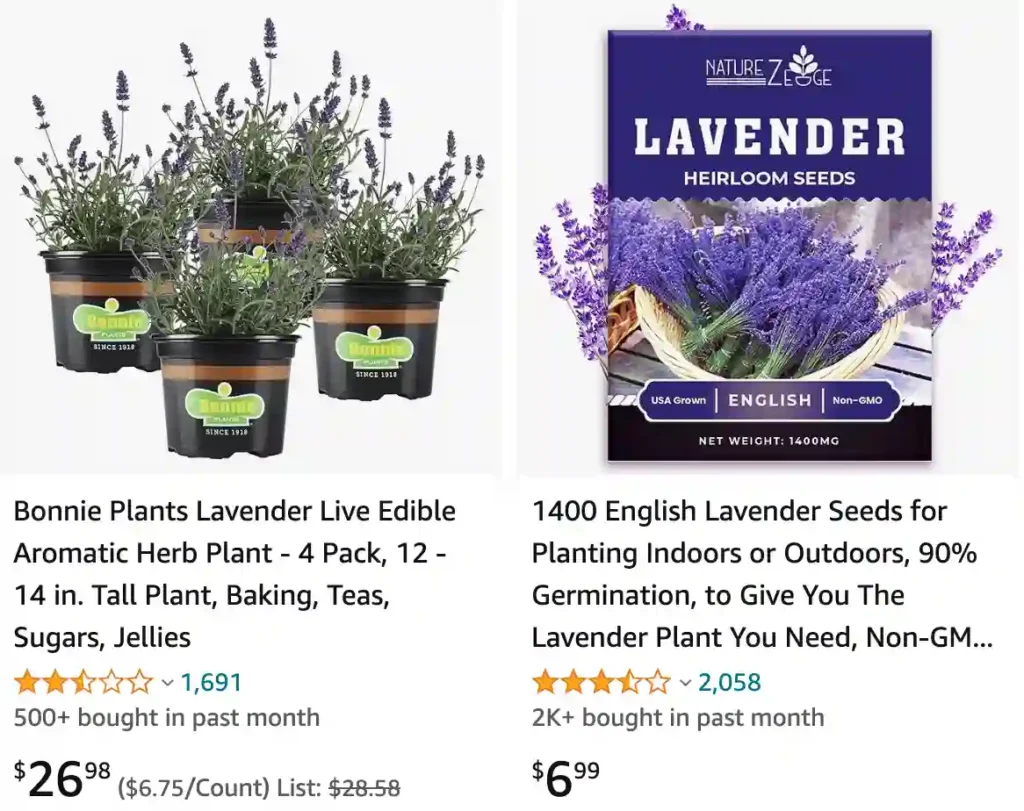
- Garden Centers/Nurseries: Your local garden center is the best place to start. They’ll have a wide selection of lavender varieties, and you can find healthy plants suited to your climate region.
- Farmers Markets: Some farmers’ markets sell potted lavender plants, especially when the season is right. You might get to support local growers too!
- Online Retailers: There are tons of online plant sellers specializing in lavender. This is a convenient option if you’re looking for specific varieties or can’t find what you want locally.
- Big Box Stores: Stores like Home Depot or Lowe’s often have a limited selection of lavender in their gardening sections, at least seasonally.
When is lavender in bloom?
Lavender’s blooming season is one of my favorite times of year! Most lavender plants put out their beautiful purple flowers around early or mid-summer, so usually around June or July. The bloom can last several weeks, and you’ll see butterflies and bees buzzing around, enjoying the flowers just as much as I do. There are some varieties that bloom earlier in the spring or even a second time in late summer if conditions are right. The whole field turns into this amazing sea of purple – it’s absolutely stunning!
What color goes with lavender?
Lavender is a versatile color that pairs well with a surprising range! Here are some of my favorites:
- Yellow: Lavender’s complementary color is yellow, creating a vibrant and eye-catching combination. Soft yellows offer a sunny charm, while bolder shades add a modern touch.
- White and Cream: These neutrals provide a fresh, clean backdrop that lets lavender truly shine. It creates a calming and elegant atmosphere.
- Soft Greens: Sage green and lavender have a natural, soothing feel. Perfect for a tranquil bedroom or a nature-inspired living room.
- Gray: Pair lavender with gray for a touch of sophistication. Light grays are airy, while darker tones add a touch of drama.
- Dusty Pink: This combination is soft and romantic. I love it for feminine spaces or adding a vintage feel.
What to do with lavender?
I love using lavender because it’s so versatile! Here are a few of my favorite ways to enjoy it:
- Relaxation: Dried lavender sachets tucked into my pillowcase help me unwind before bed. A few drops of lavender essential oil in a warm bath are pure bliss!
- Home fragrance: Lavender candles and diffusers create a calming atmosphere throughout my house. I also simmer dried lavender buds on the stovetop for a natural room freshener.
- Culinary: Lavender adds a unique floral note to baked goods! I make amazing lavender shortbread cookies, and lavender lemonade in the summer is so refreshing.
- Gifts: Homemade lavender sachets make lovely gifts for friends and family. I also create simple bath salts with dried lavender and Epsom salts for a thoughtful present.
- Garden: Lavender attracts bees and butterflies to my garden, plus it smells heavenly when I’m out weeding. It makes a beautiful and low-maintenance border plant!
What does lavender smell like?
Lavender has a really unique scent that’s hard to put into words! It’s primarily floral, but not overly sweet like some flowers. There’s a fresh, herbal quality to it, almost a little bit minty or like clean soap. It also has a slightly woody, earthy undertone that gives it depth. Overall, most people find lavender to be a very calming, relaxing scent, which is why it’s so popular in aromatherapy and self-care products.
Can lavender grow in shade?
Sadly, lavender doesn’t thrive in shade. It’s a sun-loving plant that needs at least six hours of direct sunlight each day to really flourish. In shady areas, lavender plants tend to become leggy, produce fewer flowers, and may be more susceptible to diseases. If you don’t have a sunny spot in your garden, it’s best to choose a different plant that enjoys those shadier conditions.
How to make lavender simple?
Making lavender simple syrup is incredibly easy, and it’s a fantastic way to add a touch of floral sweetness to drinks and desserts! Here’s how I do it:
Ingredients:
- 1 cup water
- 1 cup granulated sugar
- 1-2 tablespoons dried culinary lavender buds
Instructions:
- Combine & Heat: In a small saucepan, combine the water, sugar, and lavender buds. Bring to a boil over medium-high heat, stirring until the sugar dissolves completely.
- Simmer & Steep: Reduce heat to low and simmer for about 5 minutes. Then remove the pan from the heat and allow the syrup to steep for at least 30 minutes, or longer if you want a more intense lavender flavor.
- Strain & Store: Strain the syrup through a fine-mesh sieve to remove the lavender buds. Pour the cooled syrup into a clean jar or bottle and store it in the refrigerator for up to 2 weeks.
Tips:
- Use fresh lavender if you have it! The flavor will be even more vibrant.
- Adjust the amount of lavender to your taste preference.
- This simple syrup is a delicious addition to cocktails, lemonade, iced tea, or even drizzled over ice cream!
How to use lavender oil for sleep?
Lavender essential oil is a wonderful natural sleep aid. Here are a few of my favorite ways to use it:
- Diffusion: Add a few drops of lavender oil to your essential oil diffuser and let it run for about 30 minutes before bed. The calming aroma will fill your room and help you wind down.
- Pillow Spritz: Create a DIY lavender pillow spray by mixing a few drops of lavender oil with distilled water in a spray bottle. Lightly mist your pillow and linens before climbing into bed.
- Warm Bath: Add a few drops of lavender oil to a warm bath and soak for 20-30 minutes.
- Massage: Mix a few drops of lavender oil with a carrier oil (like coconut or sweet almond oil) and gently massage it into your temples, wrists, and the soles of your feet.
- Direct Inhalation: Place a drop or two of lavender oil on a tissue or your palms. Cup your hands around your nose and take a few deep breaths.
Important Note: Always use high-quality, pure lavender essential oil and dilute it properly before applying it directly to your skin.
Is lavender plant safe for dogs and cats?
Unfortunately, lavender plants have a small amount of a compound called linalool, which is toxic to both dogs and cats. While the levels of linalool in lavender plants are relatively low, it’s still best to keep your furry friends away from them. Here’s why:
- Ingestion: If a dog or cat eats enough lavender leaves or flowers, they could experience symptoms like vomiting, reduced appetite, or lethargy.
- Skin Contact: Lavender essential oil is more concentrated and can cause skin irritation or even an allergic reaction in sensitive pets.
While severe lavender poisoning is less common, it’s better to err on the side of caution and prevent your pets from having access to the plant. If you suspect your pet has ingested lavender, it’s crucial to contact your veterinarian for advice.
What do lavenders symbolize?
Lavender symbolizes a whole host of positive things:
- Purity: The clean, fresh scent of lavender often evokes feelings of purity and cleanliness.
- Serenity and Calmness: Lavender’s relaxing properties make it a symbol of peace, tranquility, and easing anxiety.
- Devotion: Lavender is often associated with long-lasting love and commitment.
- Grace: The elegant appearance of lavender blooms makes it symbolize grace and refinement.
- Silence: In some traditions, lavender represents silence and the value of quiet contemplation.
- Healing: Lavender has been used for its medicinal and calming properties throughout history, making it a symbol of healing and restoration.
Because of these symbolic meanings, lavender is a popular choice for weddings, gifts, relaxation products, and even spiritual practices.
Does lavender repel spiders?
While lavender doesn’t actively kill spiders, it can act as a mild repellent. Spiders dislike strong scents, and the smell of lavender can be unpleasant for them. However, it’s important to understand that lavender won’t be a foolproof solution for keeping spiders away entirely. Here’s why:
- Strength of Scent: Dried lavender has a less potent smell than concentrated lavender essential oil. So while a sachet might discourage some spiders, it may not be strong enough to completely deter them.
- Other Factors: Spiders are primarily driven by the presence of insects for food. If your house has an insect problem, the lavender might not be enough to keep spiders out.
Tips:
- Use essential oil: Lavender essential oil will have a stronger effect. Try putting a few drops on cotton balls and placing them in areas where spiders are a problem.
- Combine with other methods: Use lavender along with other spider-deterring methods like cleaning up clutter, sealing cracks and gaps, and reducing insect populations.
If you have a significant spider problem, it’s always best to consult a pest control professional for more targeted solutions.
Does lavender repel fleas?
Lavender has some flea-repelling properties, but it’s not a foolproof solution on its own. Here’s the breakdown:
- Repellent, Not Killer: Lavender’s strong scent can be unpleasant for fleas, potentially deterring them to some extent. However, it’s not potent enough to actually kill fleas.
- Limited Effectiveness: If your pet already has a flea infestation, lavender won’t do much to get rid of them. You’ll need more effective flea treatments.
- Prevention Tool: Lavender might be helpful in preventing fleas from initially being attracted to your pet when used in combination with other preventative measures.
How to Use Lavender Against Fleas:
- Lavender Spray: Diluted lavender essential oil in a spray bottle can be misted onto your pet’s fur (avoiding their face).
- Lavender Shampoo: There are some pet shampoos formulated with lavender for a potential repellant effect.
- Lavender Around the House: Placing lavender sachets or diffusing lavender oil might discourage fleas from lingering in certain areas of your home.
Important: Always use high-quality lavender oil and properly dilute it before using it on your pet. It’s best to speak with your veterinarian before relying solely on lavender for flea control.
Does lavender repel roaches?
Unfortunately, there’s little evidence to suggest that lavender is a consistently effective cockroach repellent. Here’s why:
- Limited Research: While lavender essential oil can deter some insects, its effectiveness against cockroaches specifically hasn’t been thoroughly studied.
- Cockroach Resilience: Cockroaches are incredibly hardy creatures, and strong scents like lavender may bother them but are unlikely to drive them away entirely.
- Attractiveness of Food Sources: Roaches are primarily driven by the search for food and water. If your home has those readily available, a bit of lavender may not be much of a deterrent.
That being said, some people have had anecdotal success using lavender in combination with other measures to discourage cockroaches. Here’s how it might help a little:
- Temporary Deterrent: The scent of lavender might temporarily disrupt a cockroach’s path or make certain areas less appealing.
- Combined Approach: Using lavender alongside thorough cleaning, sealing cracks and entry points, and eliminating food sources could have a greater overall effect.
If you’re dealing with a cockroach problem, focusing on proven methods of pest control is recommended for reliable removal and prevention.
Can lavender survive winter?
Whether your lavender can survive the winter depends on a few factors:
- Type of Lavender: English lavender varieties are the most cold-hardy and can generally survive winters with some protection. French, Spanish, and other tender varieties are much less frost tolerant.
- Your Climate: Lavender thrives in warm, dry climates. If you live in an area with harsh winters with lots of snow and freezing temperatures, even English lavender might struggle.
- Protection: A layer of mulch around the base of your lavender plants can help insulate them. In very cold areas, you might consider covering the plants with burlap or frost blankets for extra protection.
Here’s a quick guideline:
- Mild winters: Most varieties will survive just fine with a little protection.
- Moderate winters: Hardy lavender varieties (like English lavender) have a good chance of surviving with adequate protection.
- Harsh winters: It’s best to grow lavender in containers that can be brought indoors during the coldest months or choose annual varieties of lavender.
If you’re unsure of your lavender’s type or how harsh your winters are, your local nursery or garden center can offer specific advice!
Does lavender grow in Florida?
While traditional English lavender struggles in Florida’s heat and humidity, there are a few ways to make lavender a part of your Florida garden:
- Choose the Right Varieties: Look for heat-tolerant lavender types like Spanish lavender (Lavandula stoechas) or French lavender (Lavandula dentata). These varieties are better suited to Florida’s warm climate.
- Well-Draining Soil: Florida’s frequent rain requires excellent drainage. Plant your lavender in sandy, well-draining soil, or consider raised beds.
- Full Sun: Like all lavenders, these varieties need plenty of direct sunlight to thrive.
- Careful Watering: Avoid overwatering, as lavender is prone to root rot in humid conditions. Water deeply but let the soil dry out somewhat between waterings.
- Potted Lavender: If you’re concerned about the humidity and soil in your area, growing lavender in containers might be a better option. You can move the pots around for optimal sunlight and water more carefully.
Remember: Even with the right varieties and care, growing lavender in Florida can be a bit more challenging than in cooler, drier climates.
How to make lavender extract?
Here’s a simple method for making your own lavender extract:
Ingredients:
- 1/2 cup dried culinary lavender buds
- 2 cups high-proof vodka (80 proof or higher)
- Clean glass jar with a tight-fitting lid
Instructions
- Prep the Lavender: Lightly crush the lavender buds to release their fragrance. You can use your hands, a mortar and pestle, or lightly press with the back of a spoon.
- Combine: Place the crushed lavender buds into the clean glass jar. Pour the vodka over the lavender, ensuring all buds are covered. Seal the jar tightly.
- Infuse: Store the jar in a cool, dark place for at least 2-4 weeks. Shake the jar gently every few days to help the infusion process. The longer you let it infuse, the stronger the lavender flavor will be.
- Strain: After the infusion period, strain the extract through a cheesecloth or fine-mesh sieve into a clean bottle. Discard the lavender buds.
- Store: Store your lavender extract in a cool, dark place. It should last for several months, even up to a year.
Tips:
- Fresh Lavender: Double the amount of lavender if you are using fresh sprigs.
- Flavor Adjustments: Taste your extract periodically during the infusion process. If you want it stronger, let it infuse longer.
- Uses: Use your homemade lavender extract in baking, cocktails, homemade soaps, or even add a few drops to your bath.
Is lavender invasive?
Yes, some species of lavender can be invasive in certain regions. Here’s why:
- Not All Lavenders Are Equal: English lavender (Lavandula angustifolia) is generally considered non-invasive. However, other types like Spanish lavender (Lavandula stoechas) and French Lavender (Lavandula dentata) tend to be more aggressive spreaders.
- Ideal Climates: Lavender thrives in warm, dry climates similar to its native Mediterranean environment. In places like Australia or parts of the western United States, some lavender species can easily escape gardens and spread into natural areas.
- Prolific Seeders: Invasive lavender varieties are prolific seeders, and their seeds are readily dispersed by wind and animals. This allows them to rapidly colonize new areas.
What Does This Mean?
- Responsible Planting: Be mindful of the specific lavender variety you choose. Research whether it’s considered invasive in your region.
- Containment: If you have a potentially invasive variety, prevent it from spreading seeds by deadheading spent flowers. Consider growing it in containers to limit its spread.
- Alternatives: Consider planting non-invasive lavender varieties or native plants that offer similar benefits to pollinators and require less careful management.
Resources:
- Your local nursery or garden center can advise on invasive plants for your location.
- Websites like the National Invasive Species Information Center (https://www.invasivespeciesinfo.gov/) provide information on specific species.
